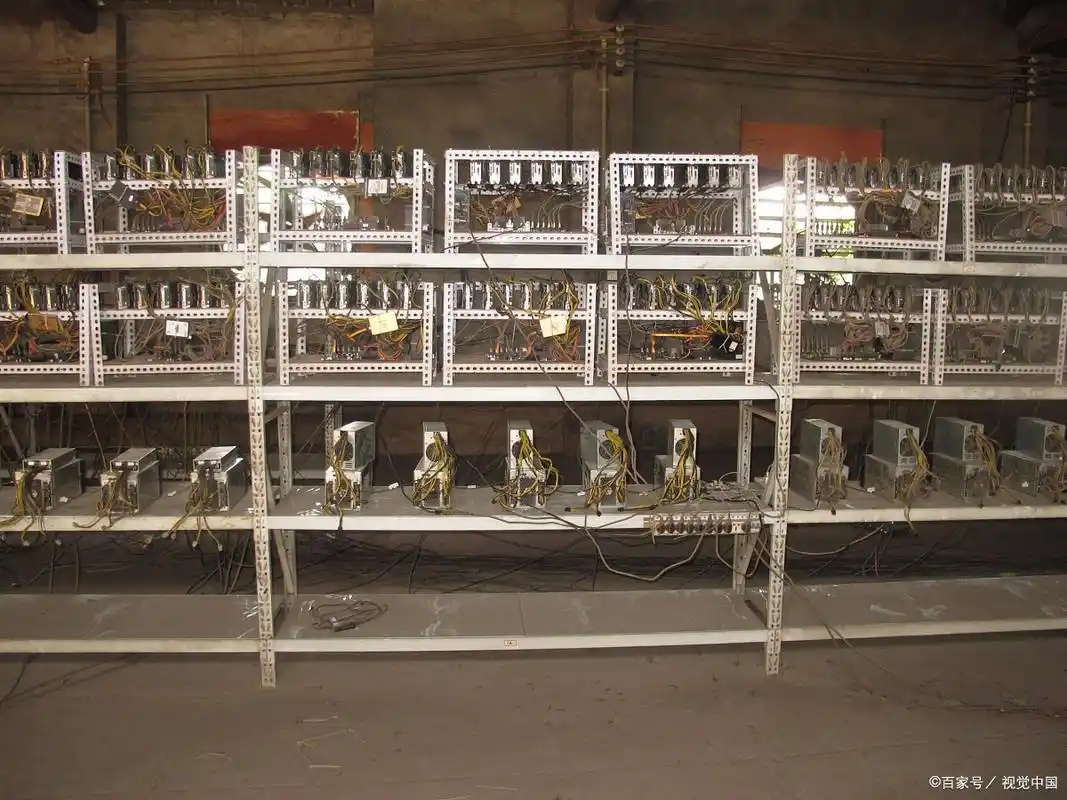In the ever-evolving world of cryptocurrencies, Kaspa has started to attract notable attention, especially among German investors who are keen to diversify their mining portfolios. Unlike stalwarts like Bitcoin (BTC), Ethereum (ETH), and Dogecoin (DOG), Kaspa presents a unique proposition through its novel consensus algorithm and high throughput capabilities. However, before diving headfirst into purchasing Kaspa mining machines or investing in hosting services, it’s crucial to understand the price dynamics that shape this niche market segment.
Mining machines, the backbone of any cryptocurrency mining operation, play an indispensable role in determining profitability. Kaspa mining rigs are engineered for optimal performance tailored to the specific hashing algorithm employed by the Kaspa network. These machines, comparable in sophistication to dedicated BTC miners or ETH mining rigs, vary substantially in price, influenced by factors such as efficiency, power consumption, brand reputation, and hardware scarcity. German investors must weigh these variables against potential returns, especially considering fluctuating market conditions and the energy costs endemic to the region.
Unlike traditional Bitcoin miners, which utilize the SHA-256 algorithm requiring highly specialized ASIC devices, Kaspa miners often utilize more adaptable hardware capable of melding speed and efficiency. This adaptability might sway price points — a mid-tier Kaspa mining rig could be priced competitively against established DOG mining hardware but still command a premium for innovation. Understanding these subtleties is essential as Kaspa mining solutions often straddle the fine line between affordability and cutting-edge technology.
Another significant consideration is the hosting of mining machines, an increasingly popular service among German investors. Mining farms have burgeoned into massive facilities housing thousands of rigs, from BTC to ETH, and now, Kaspa. Hosting Kaspa miners means leveraging professional infrastructure: cooling systems, network stability, and power reliability, all indispensable for prolonged mining efficiency. The costs associated with mining machine hosting vary widely and can dramatically impact the overall investment performance, especially when coupled with the price of acquiring the machines themselves.

Another dimension intertwines with exchanges, a crucial pivot point for liquidity and asset acquisition. For German investors, the ability to liquidate mined Kaspa tokens swiftly and at favorable rates hinges on integration with major cryptocurrency exchanges. Exchanges also influence the perception of a coin’s value, which in turn affects mining profitability. While Bitcoin exchanges are well established, platforms supporting Kaspa are still maturing, impacting price volatility and investor confidence.
Furthermore, the interplay between mining machine availability and network difficulty cannot be overstated. Miner demand surges in anticipation of price spikes, often leading to scarcity and escalated machine prices. Conversely, declines in coin valuation or difficulty reductions can depress machine prices as the market recalibrates. This cyclical phenomenon echoes across all major cryptocurrencies—including BTC, ETH, and DOG—making this dynamic critical for German miners eyeing Kaspa’s emerging ecosystem.

The energy efficiency profile of Kaspa mining equipment also exerts pressure on pricing strategies. Germany’s relatively high electricity costs render energy consumption a pivotal cost factor. Kaspa miners offering better Hashrate per watt ratios might command premium prices due to their economic viability in the region. This characteristic is reminiscent of the competitive landscape for Bitcoin mining, where innovation in miner hardware directly translates into market valuation and owner profitability.
Of course, investors should not ignore the broader ecosystem, including the role of wallets, decentralized exchanges, and staking possibilities that might influence the valuation of Kaspa mining hardware indirectly. In an age where multi-currency operations are commonplace, a diversified approach toward mining rigs and hosting can mitigate risks. For instance, holding ETH or DOG mining machines alongside Kaspa assets can provide a buffer against market downturns in any one coin, optimizing portfolio health.
Ultimately, Kaspa mining machine price analysis for German investors is a tapestry woven from technological advancements, market supply-demand laws, geopolitical and economic realities, and the underlying complexities of cryptocurrency networks. Thorough evaluation, combined with strategic hosting and exchange integrations, can position German miners to capitalize on this emergent digital asset effectively.
The article adeptly dissects current market trends for Kaspa mining machines, offering invaluable insights for German investors. It evaluates pricing dynamics, potential ROI, and competitive positioning, helping stakeholders navigate this burgeoning sector. With its thorough analysis, readers gain a nuanced understanding of investment opportunities and risks inherent in Kaspa mining.